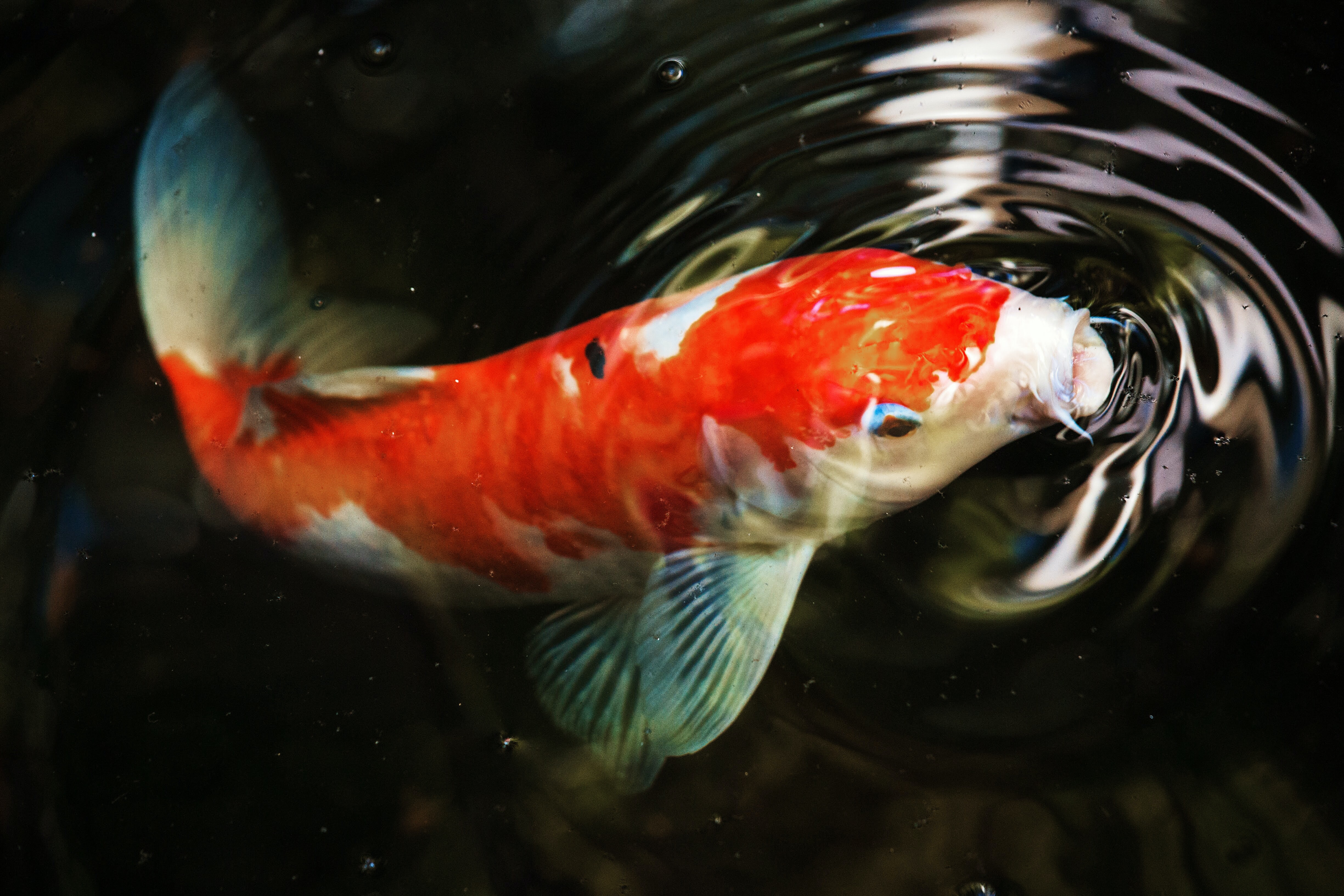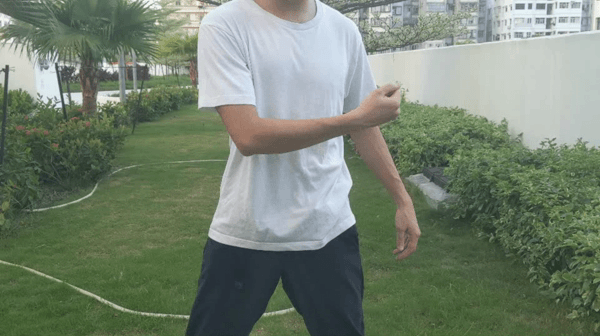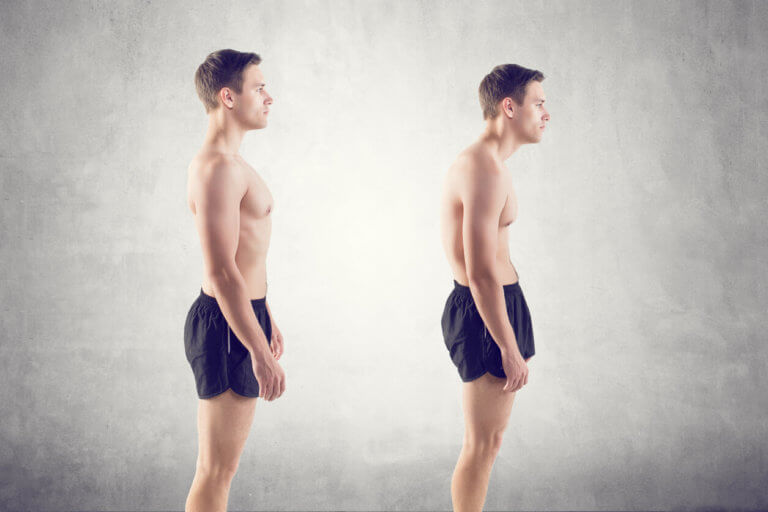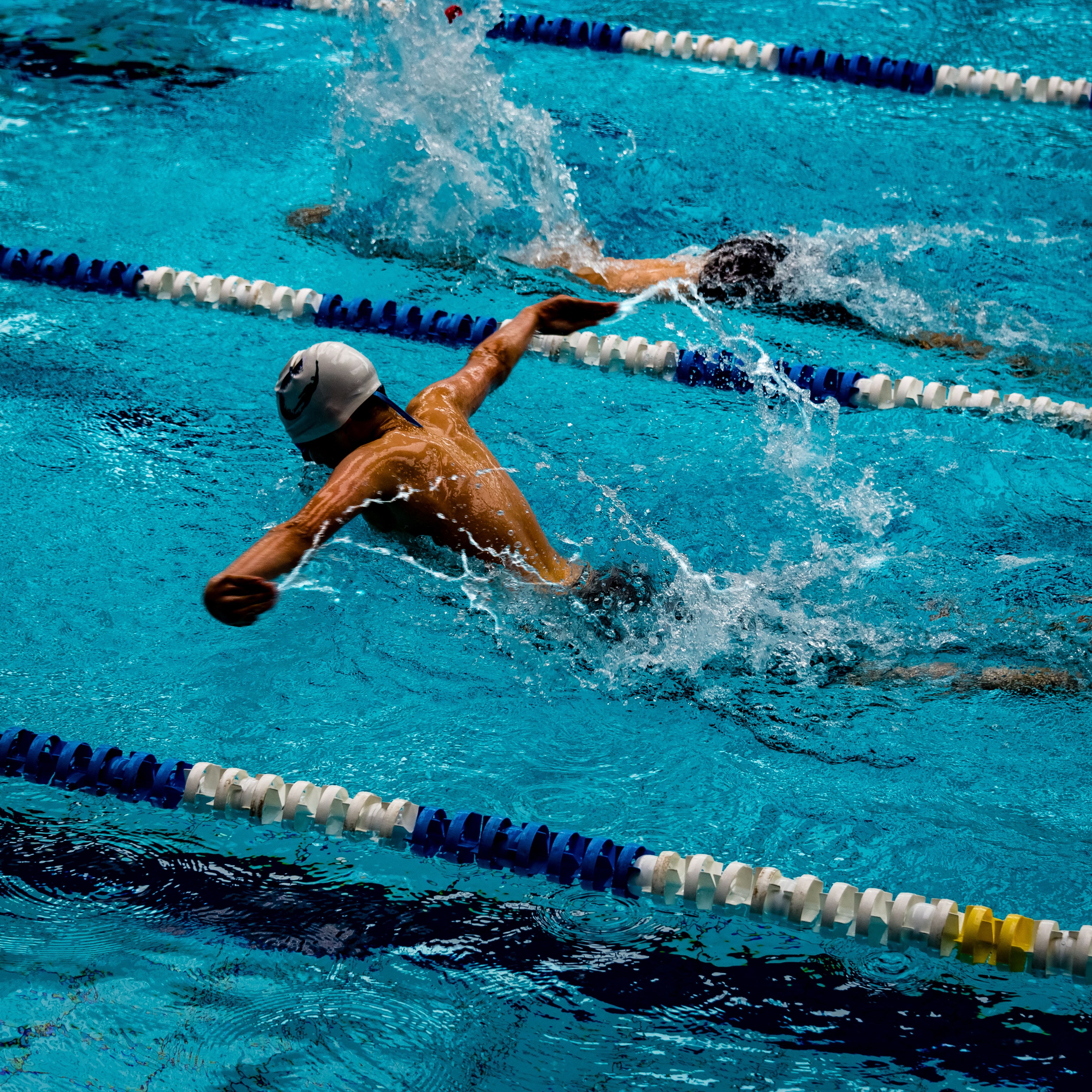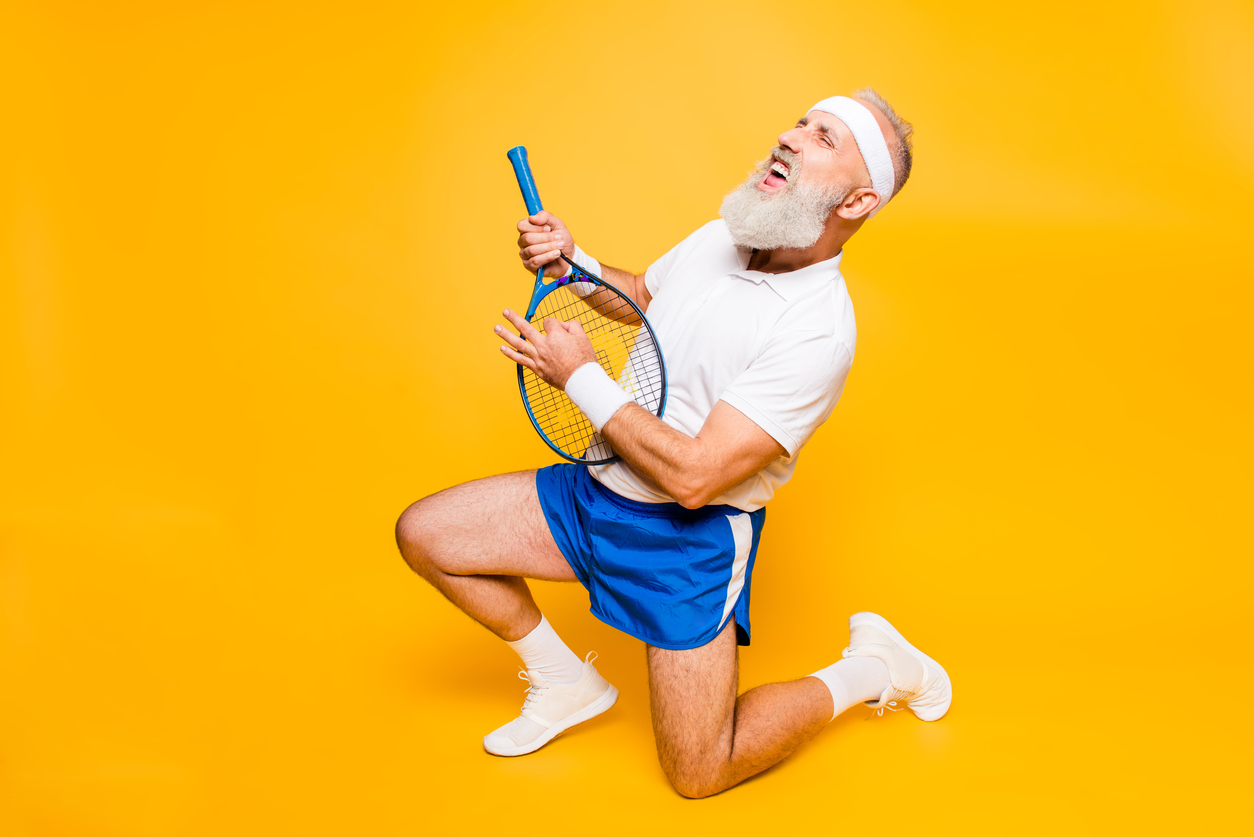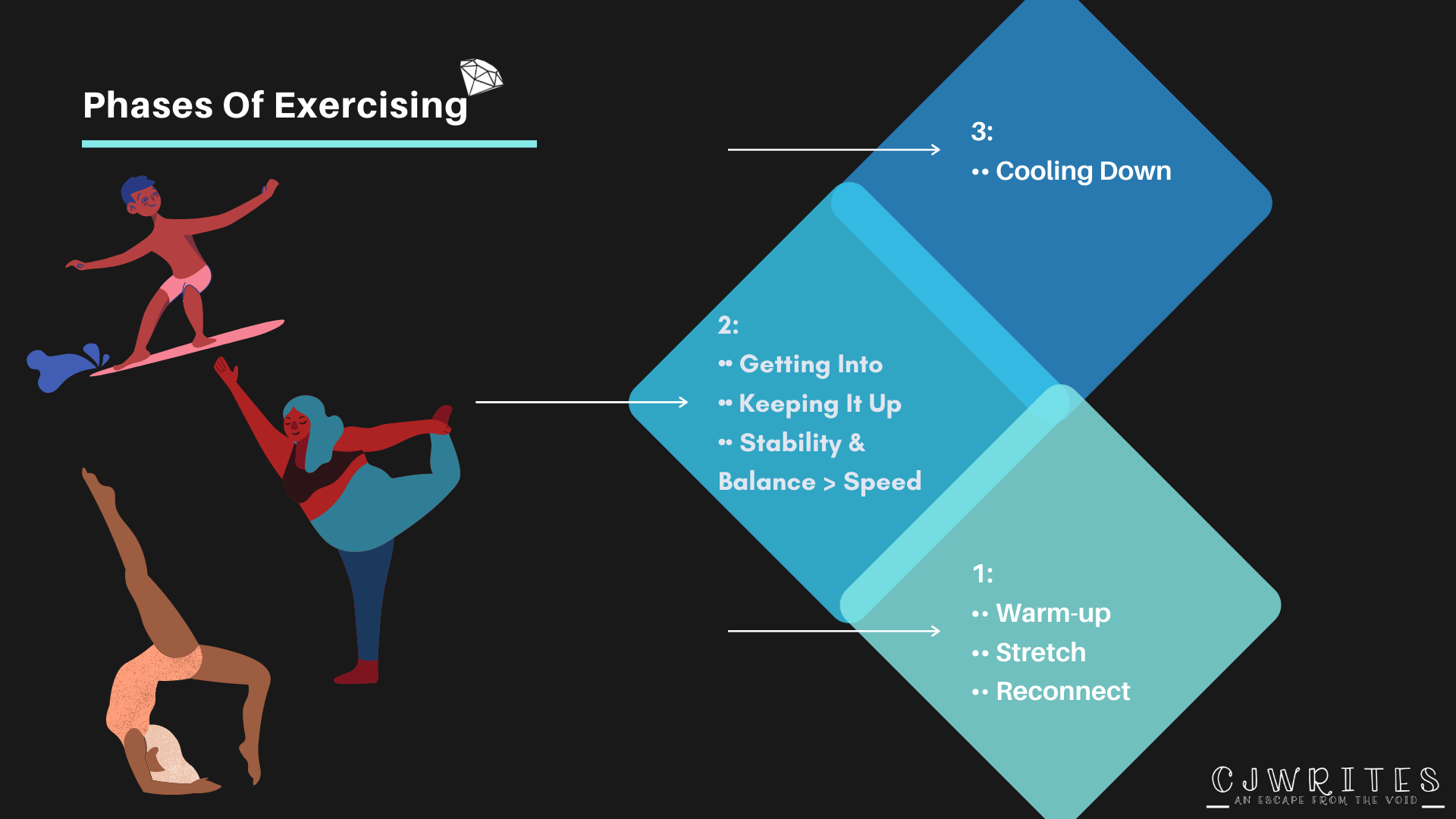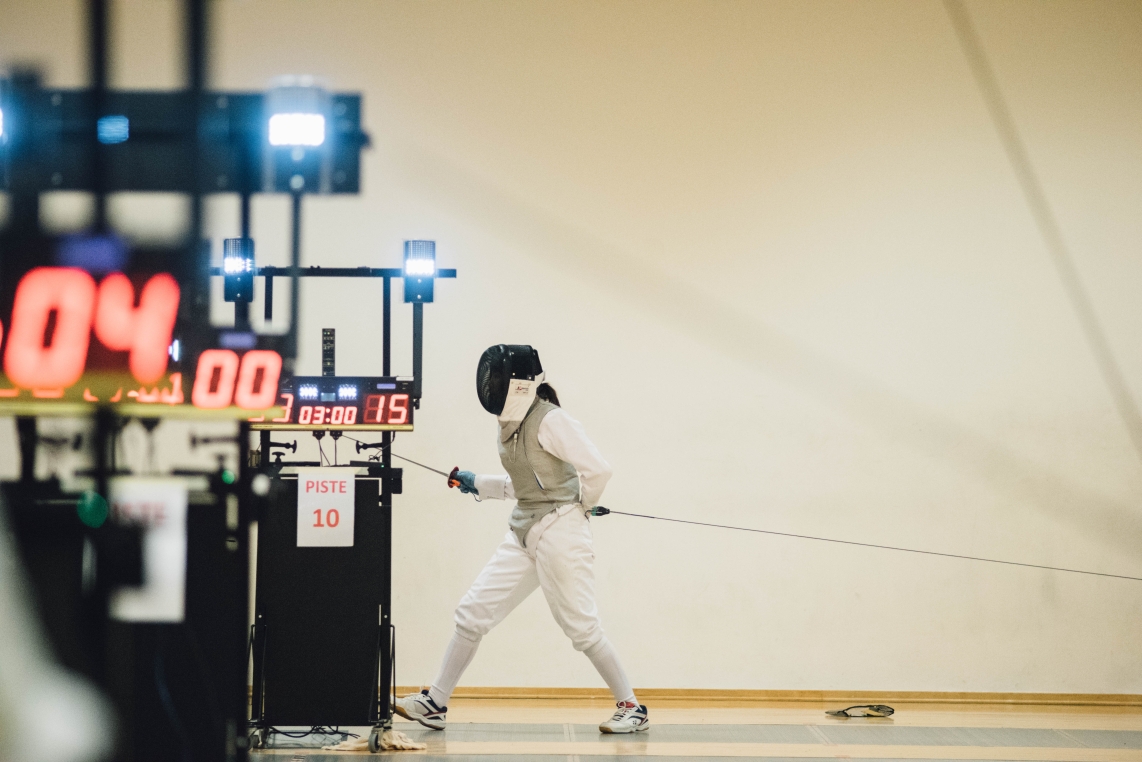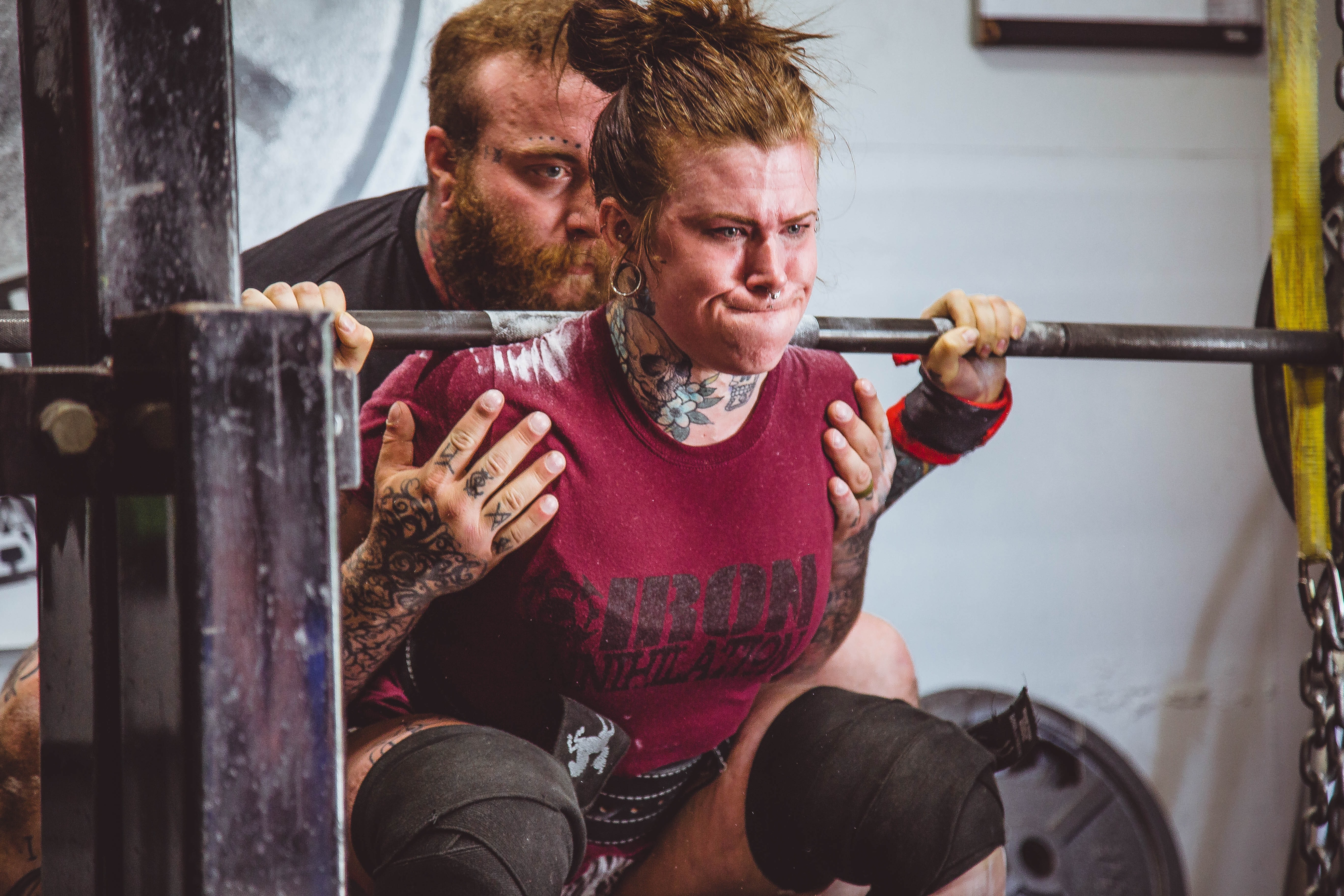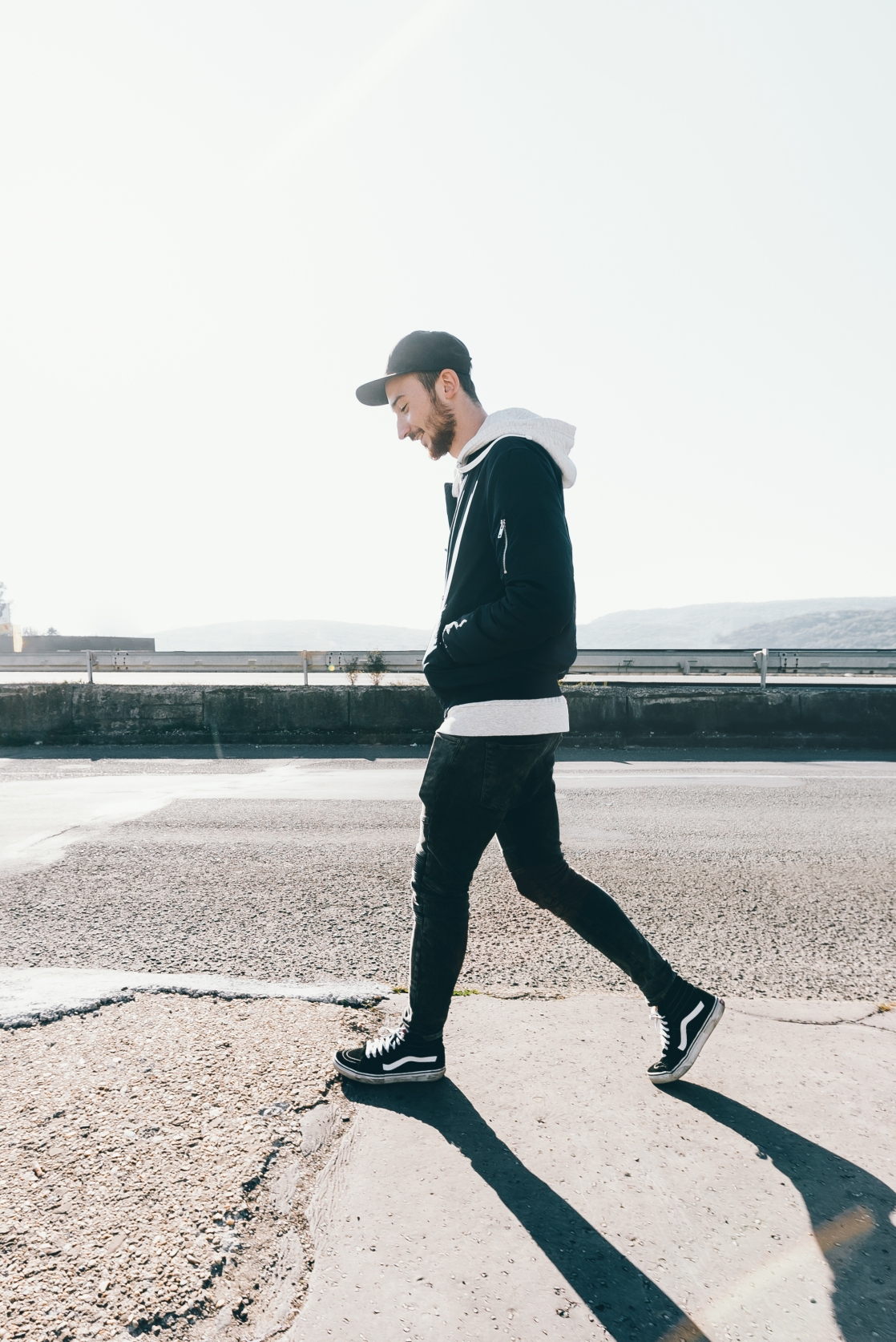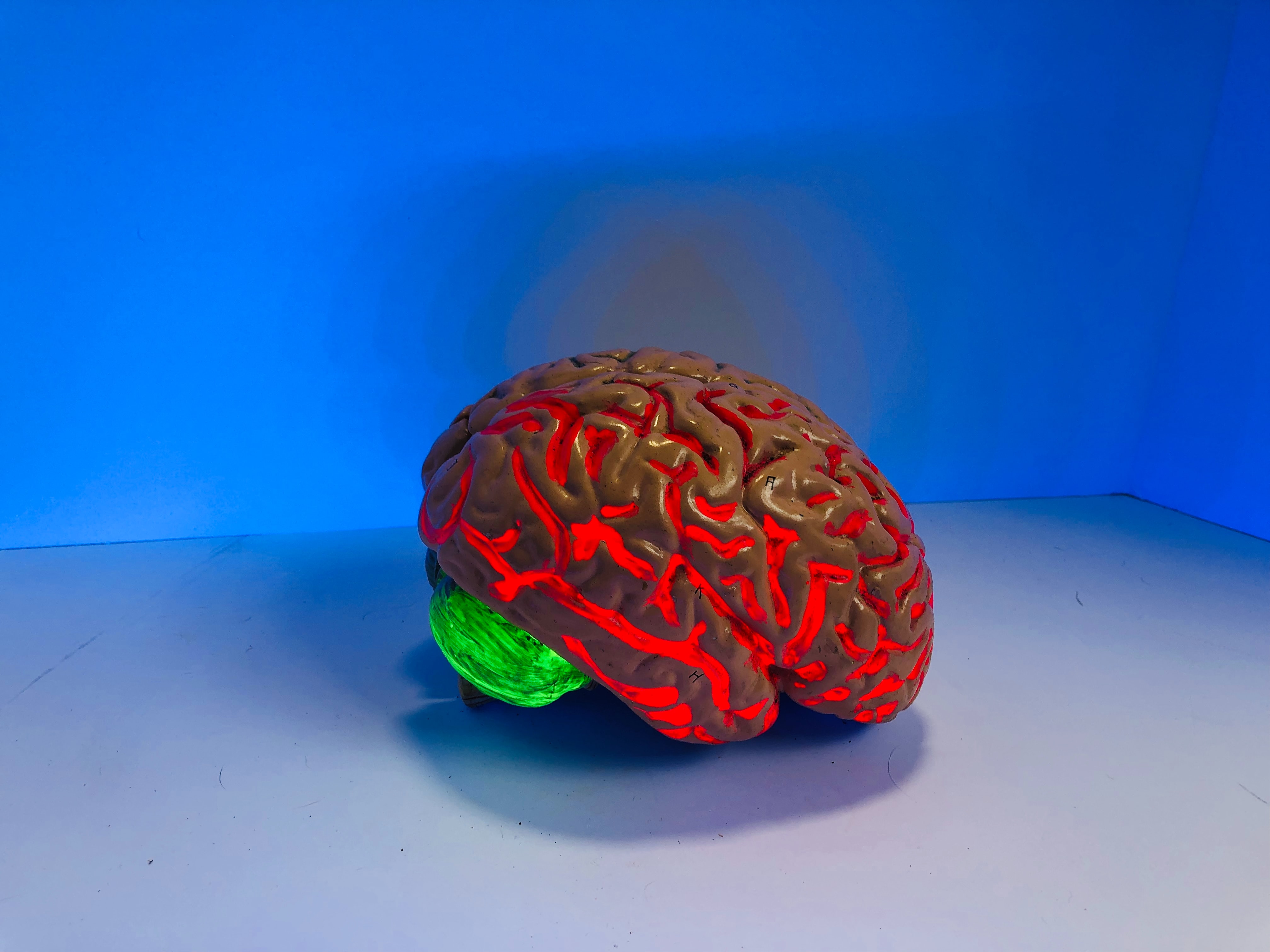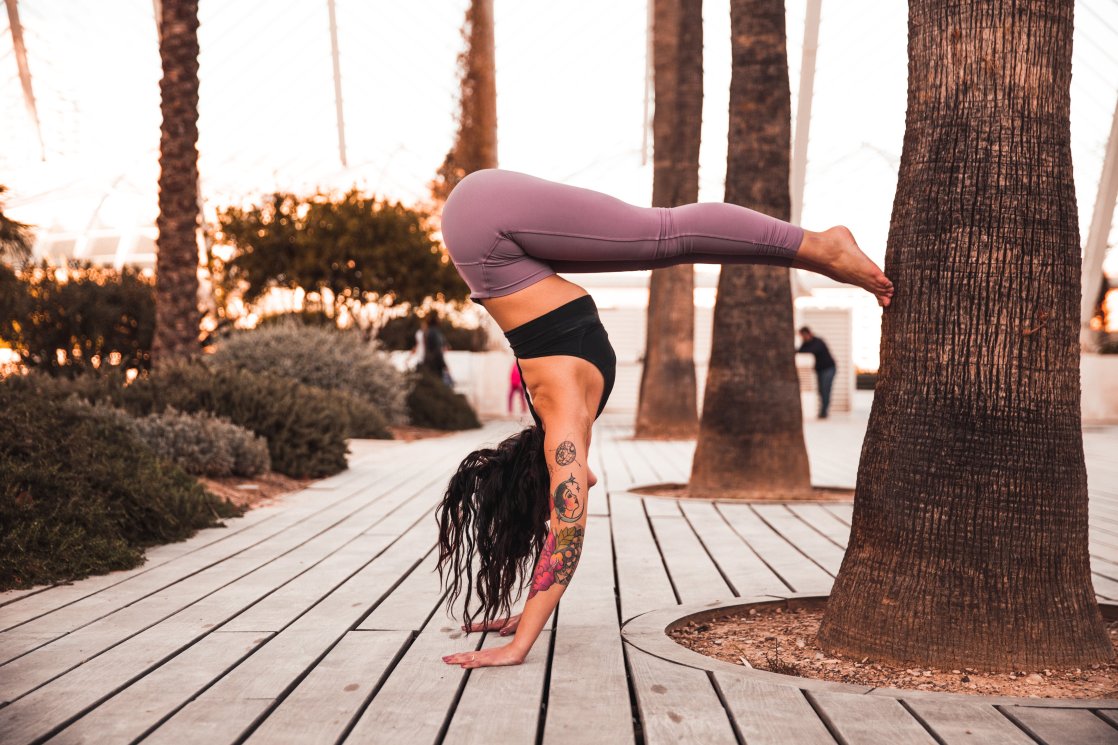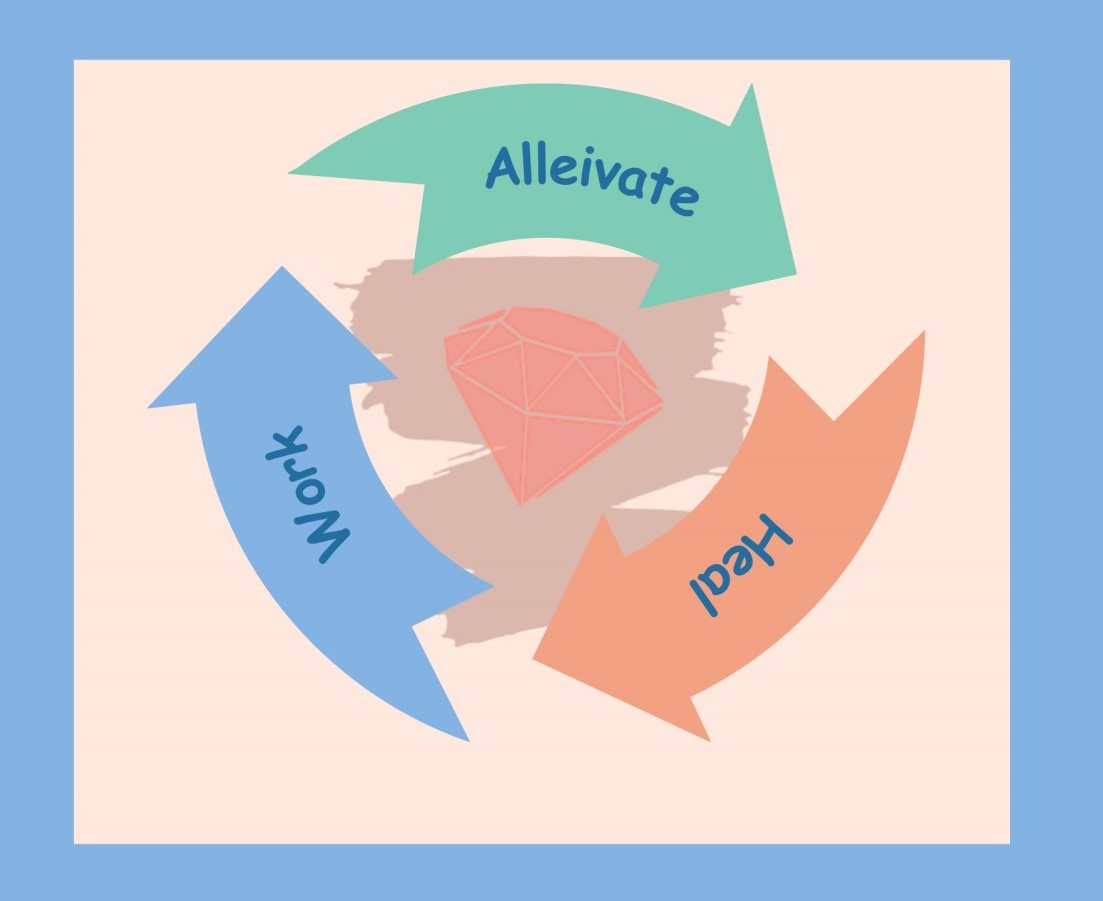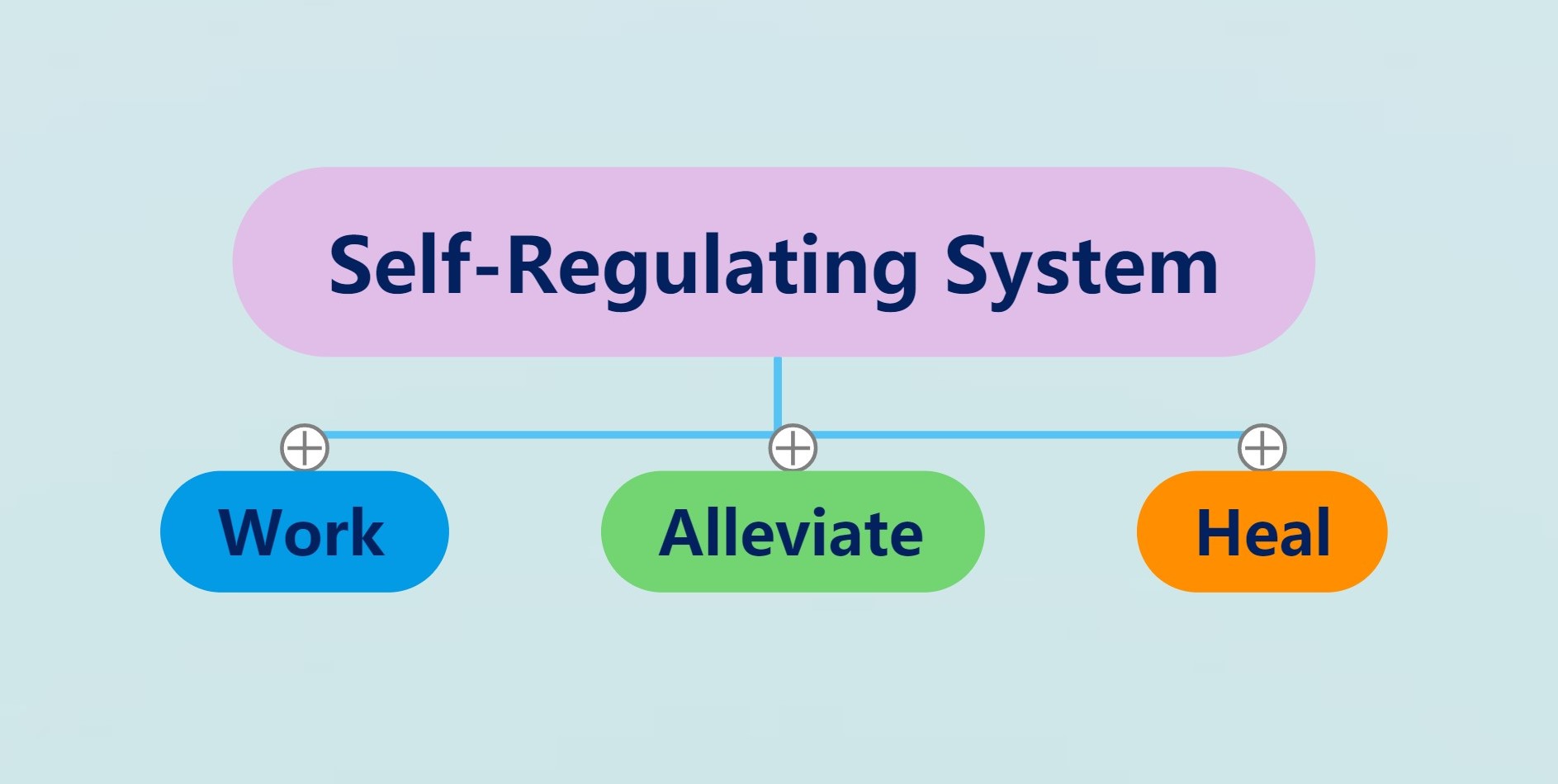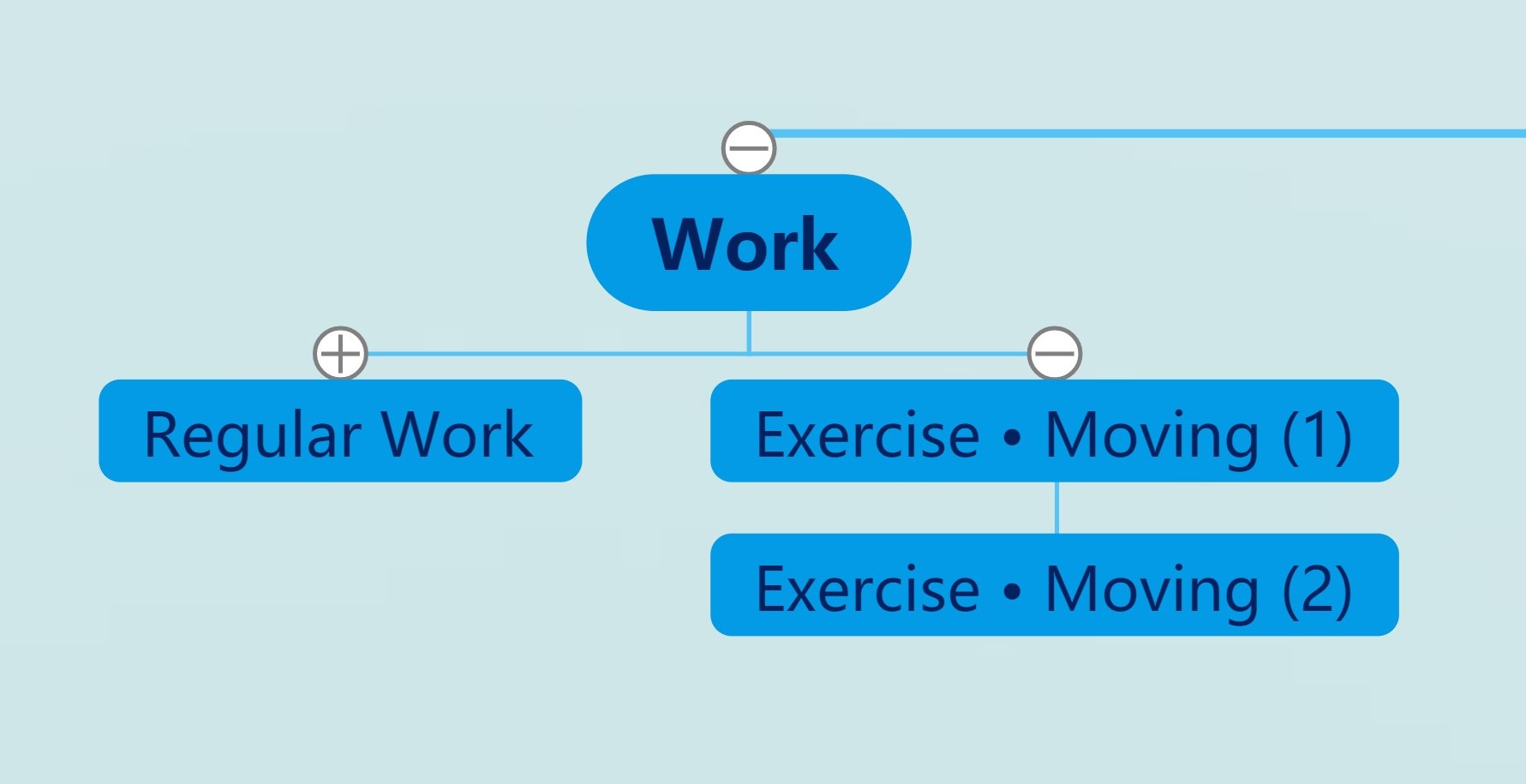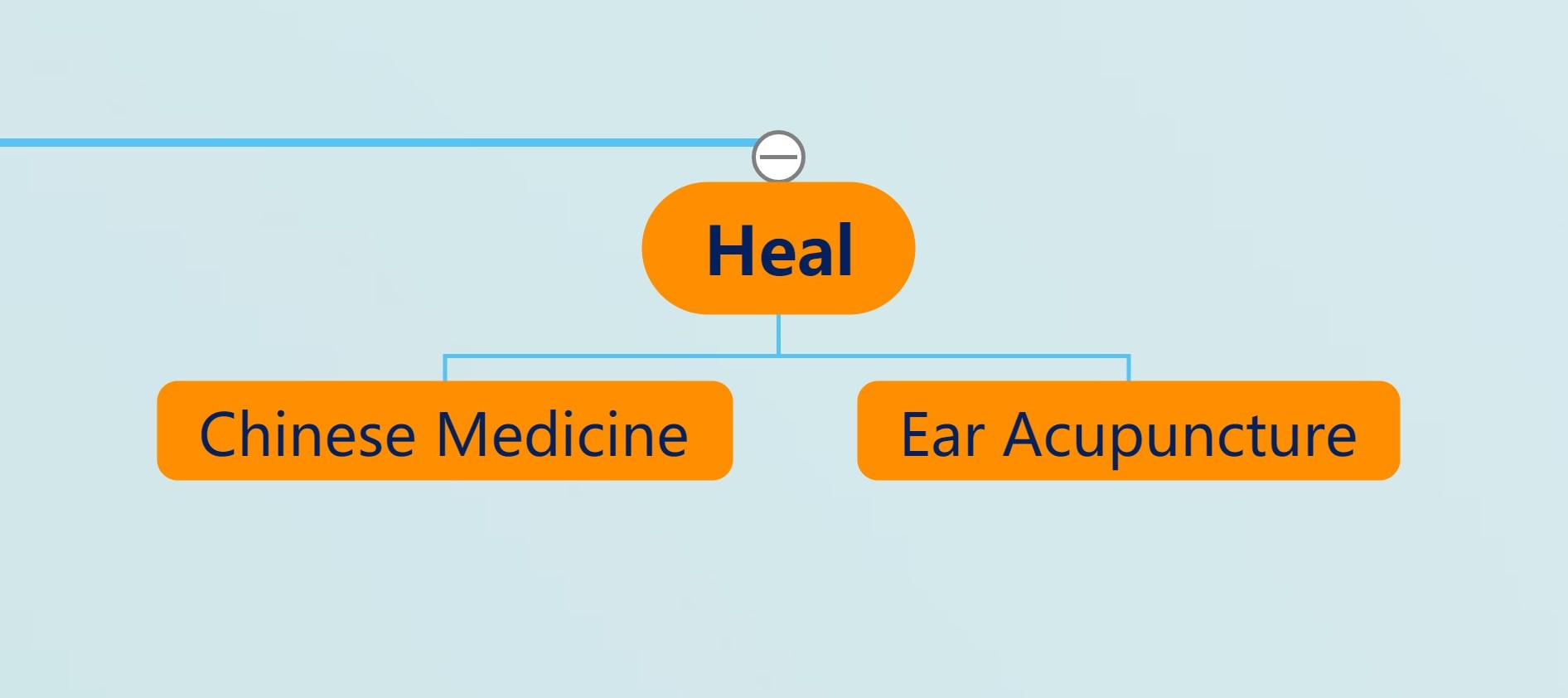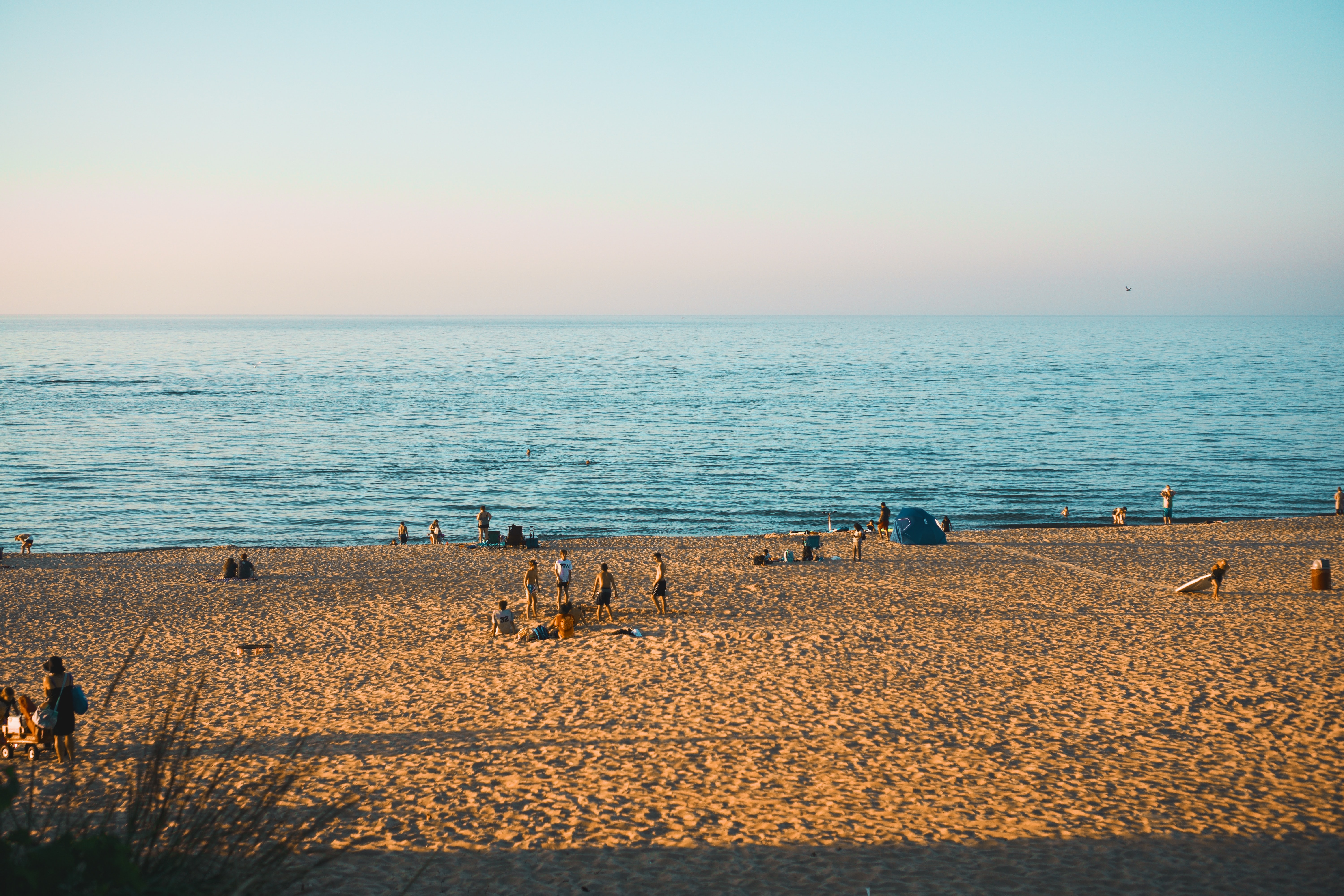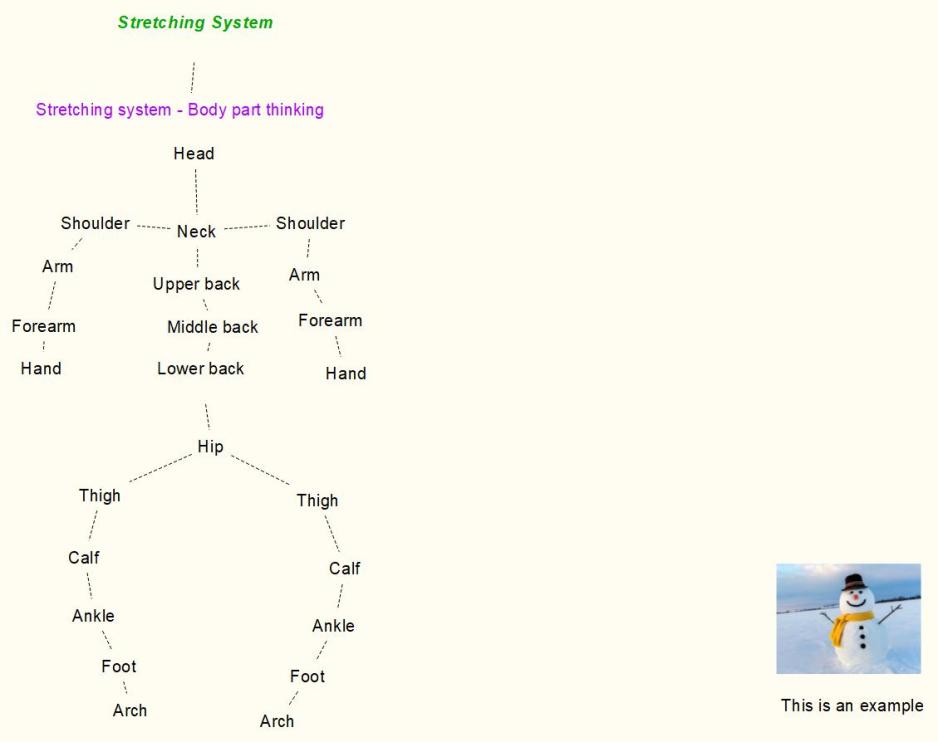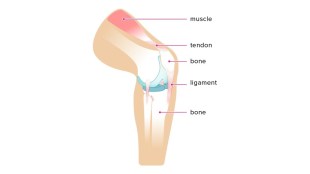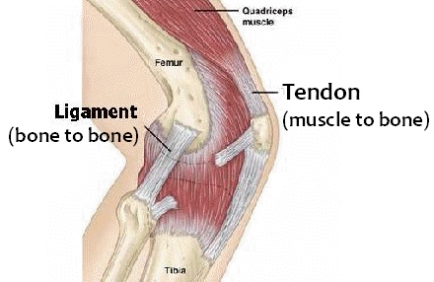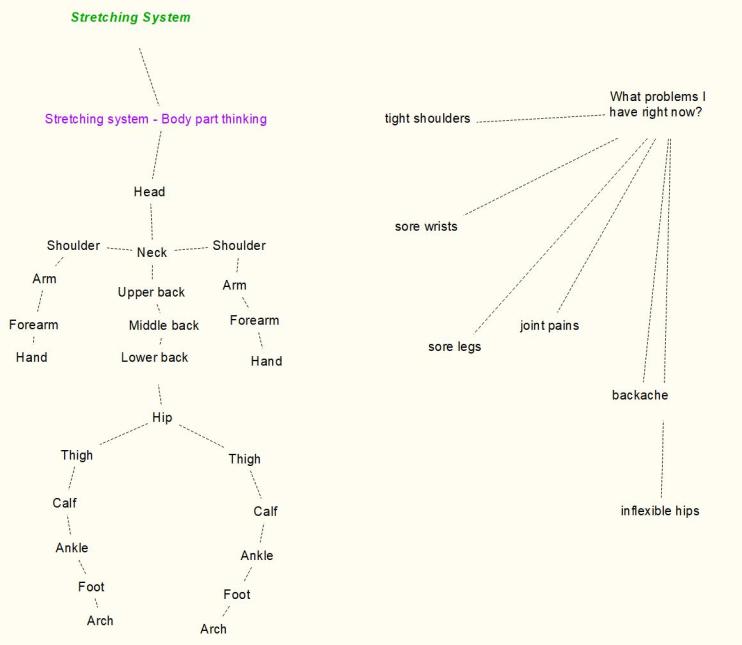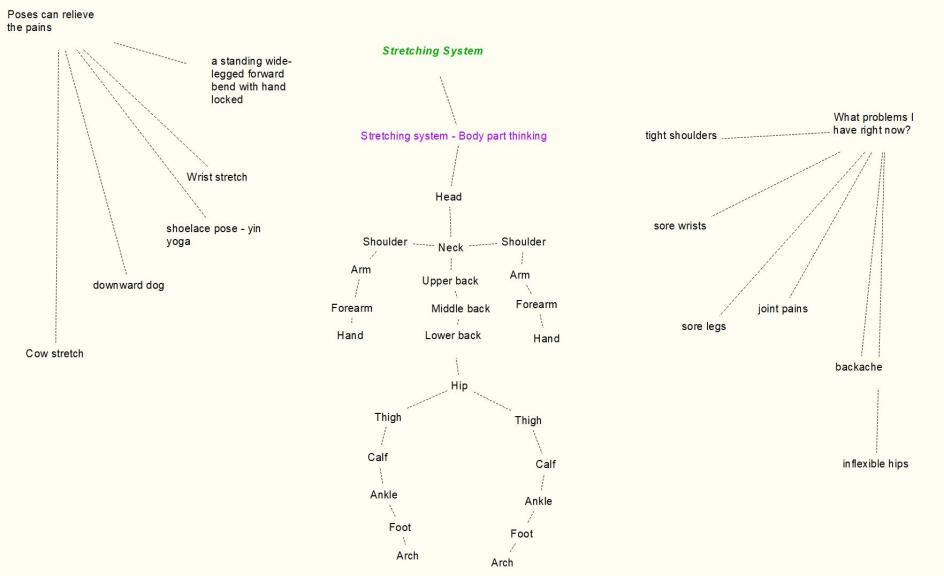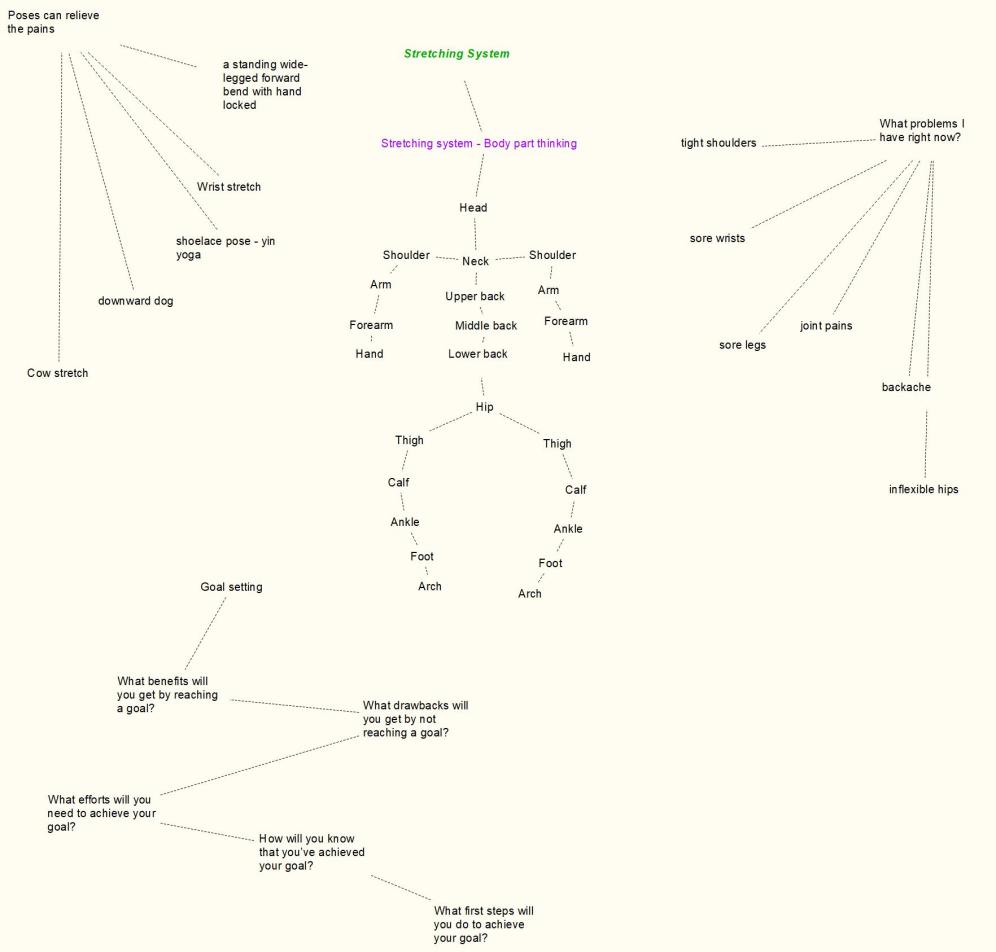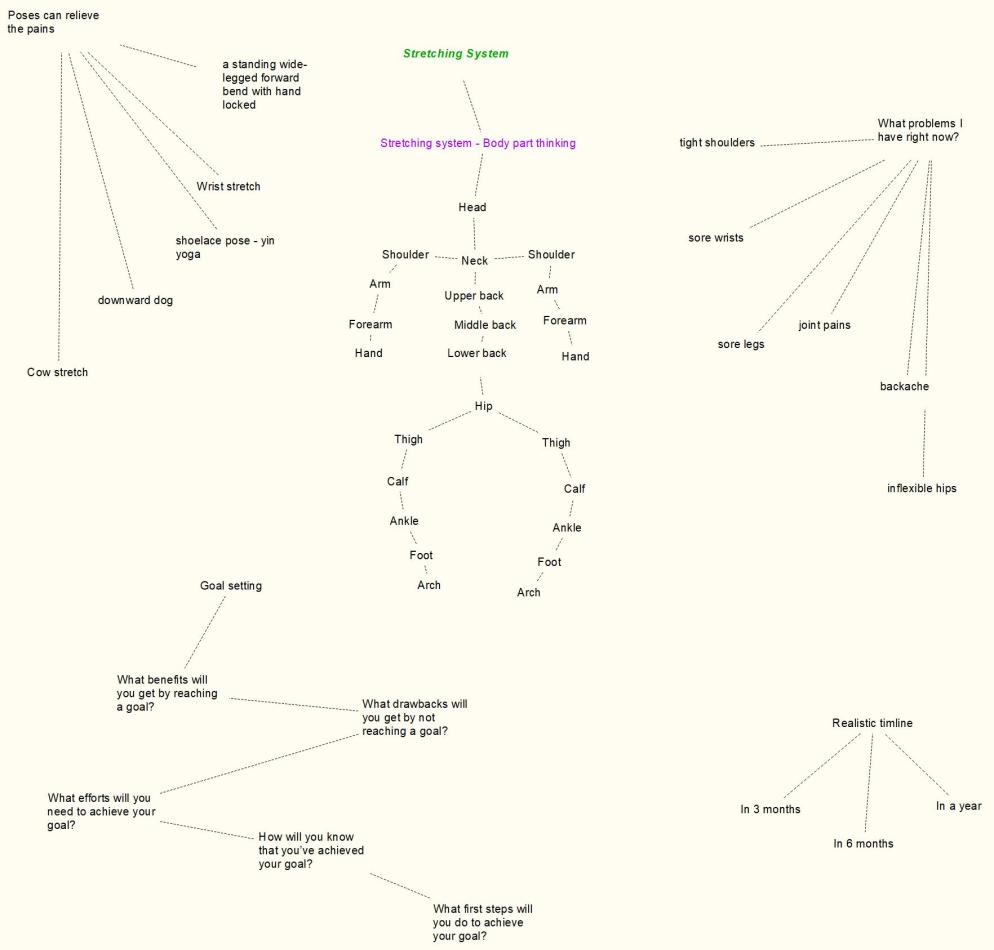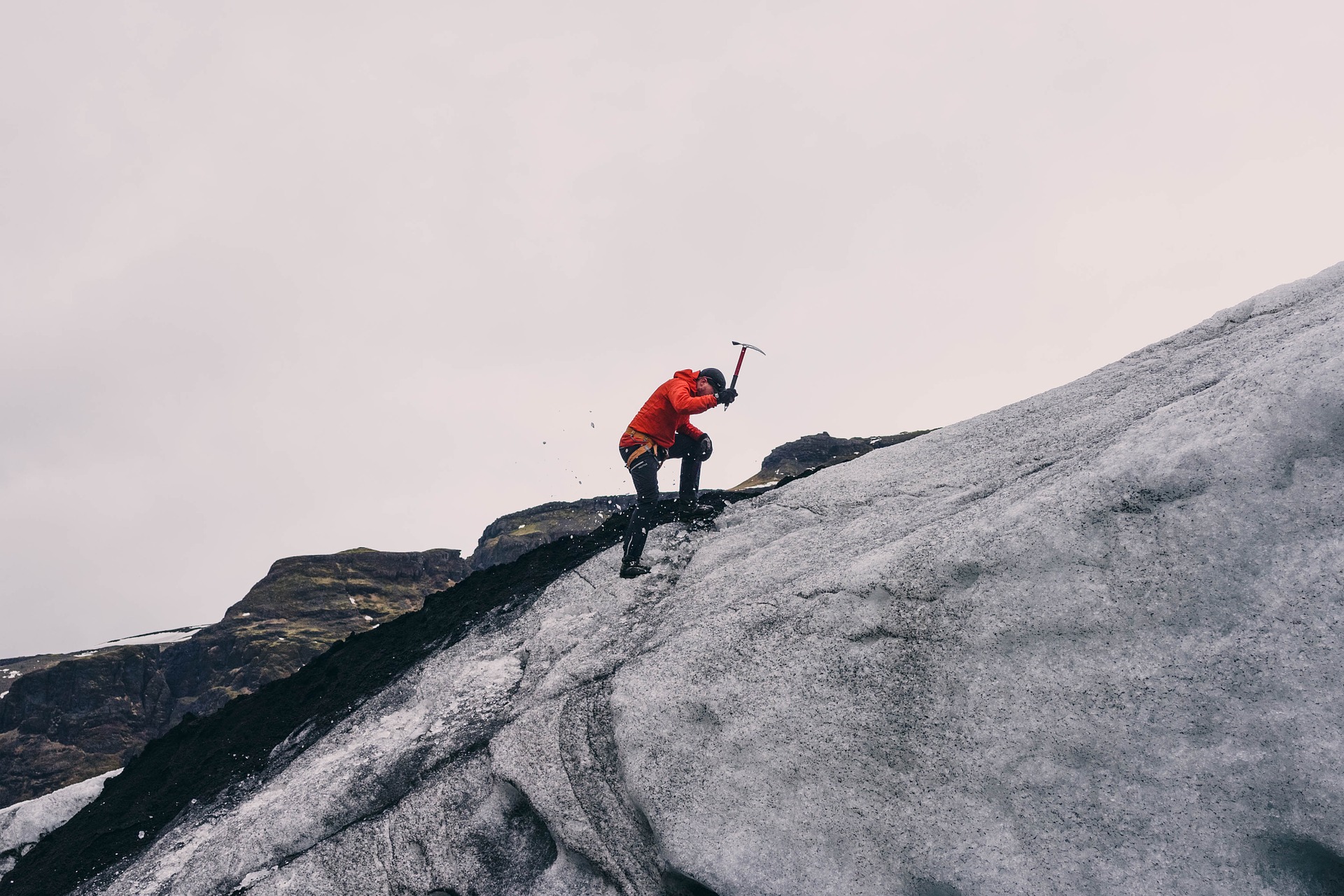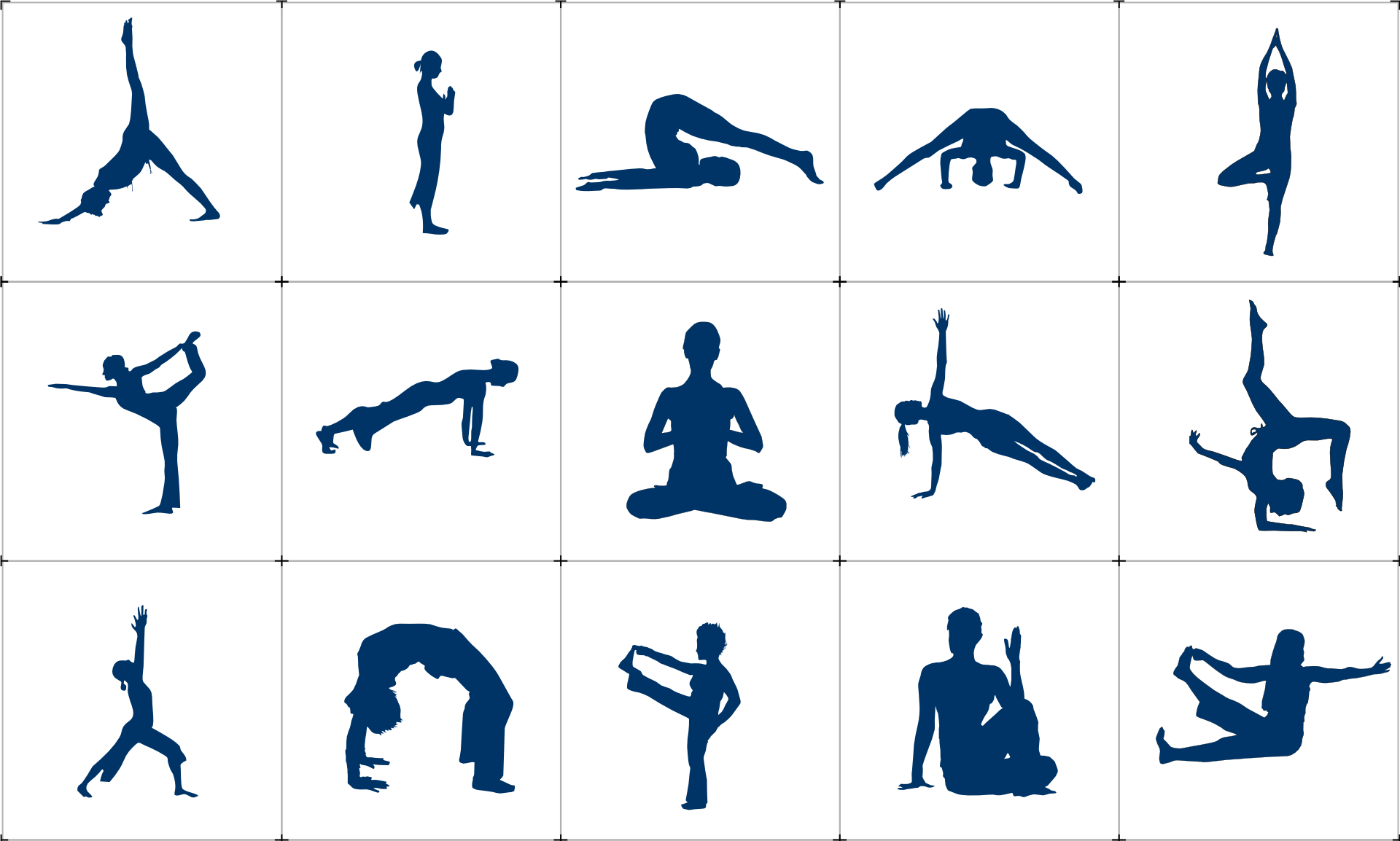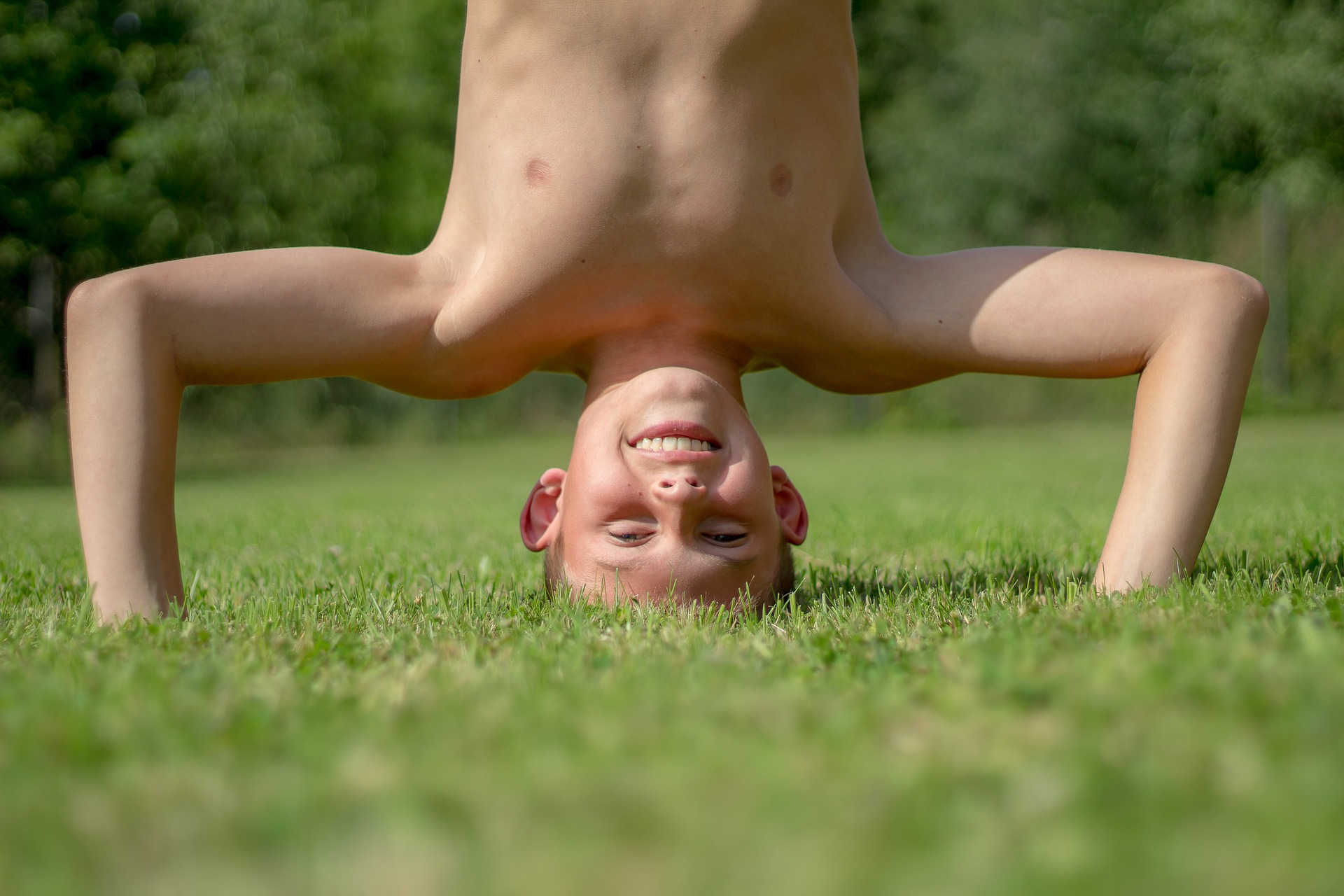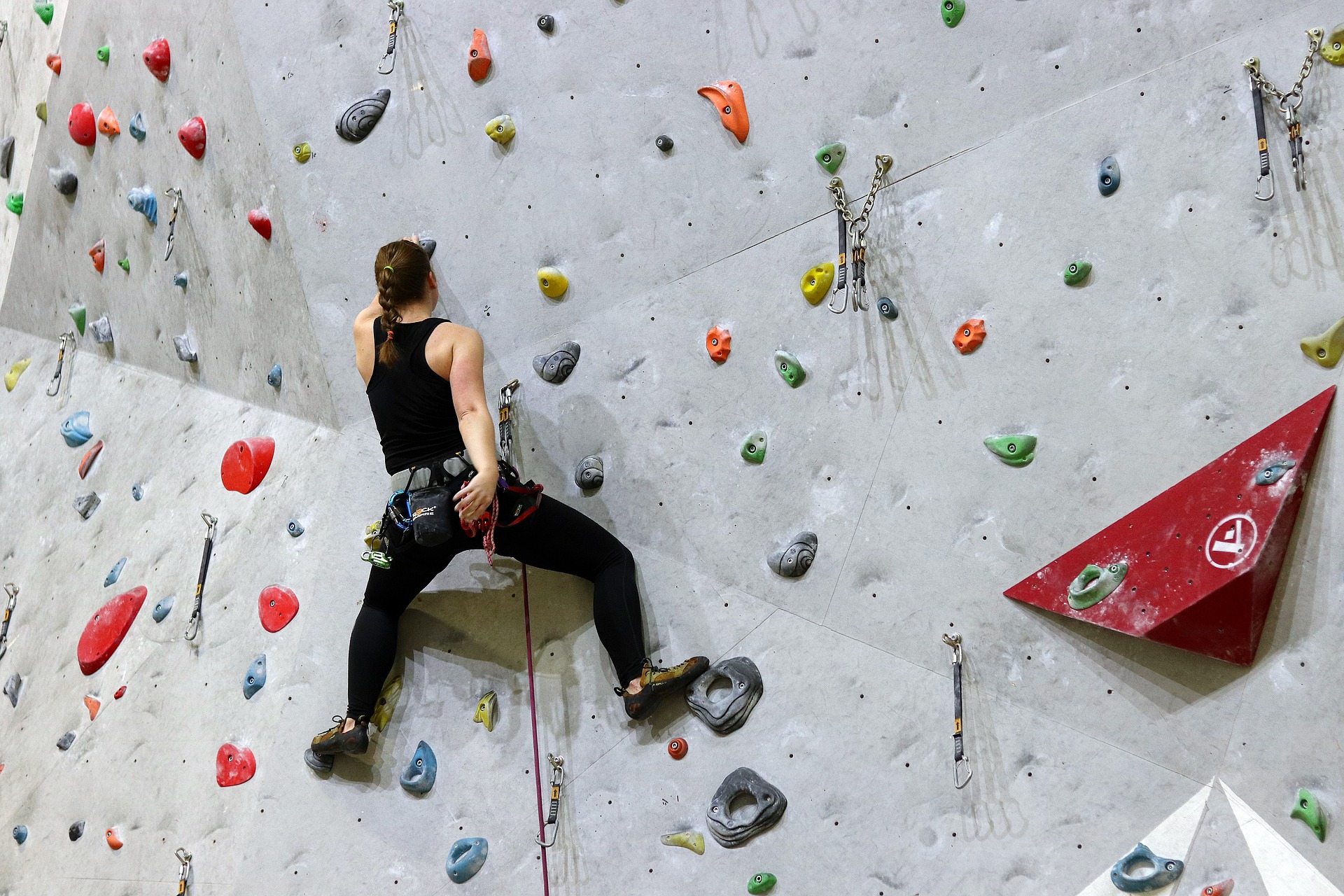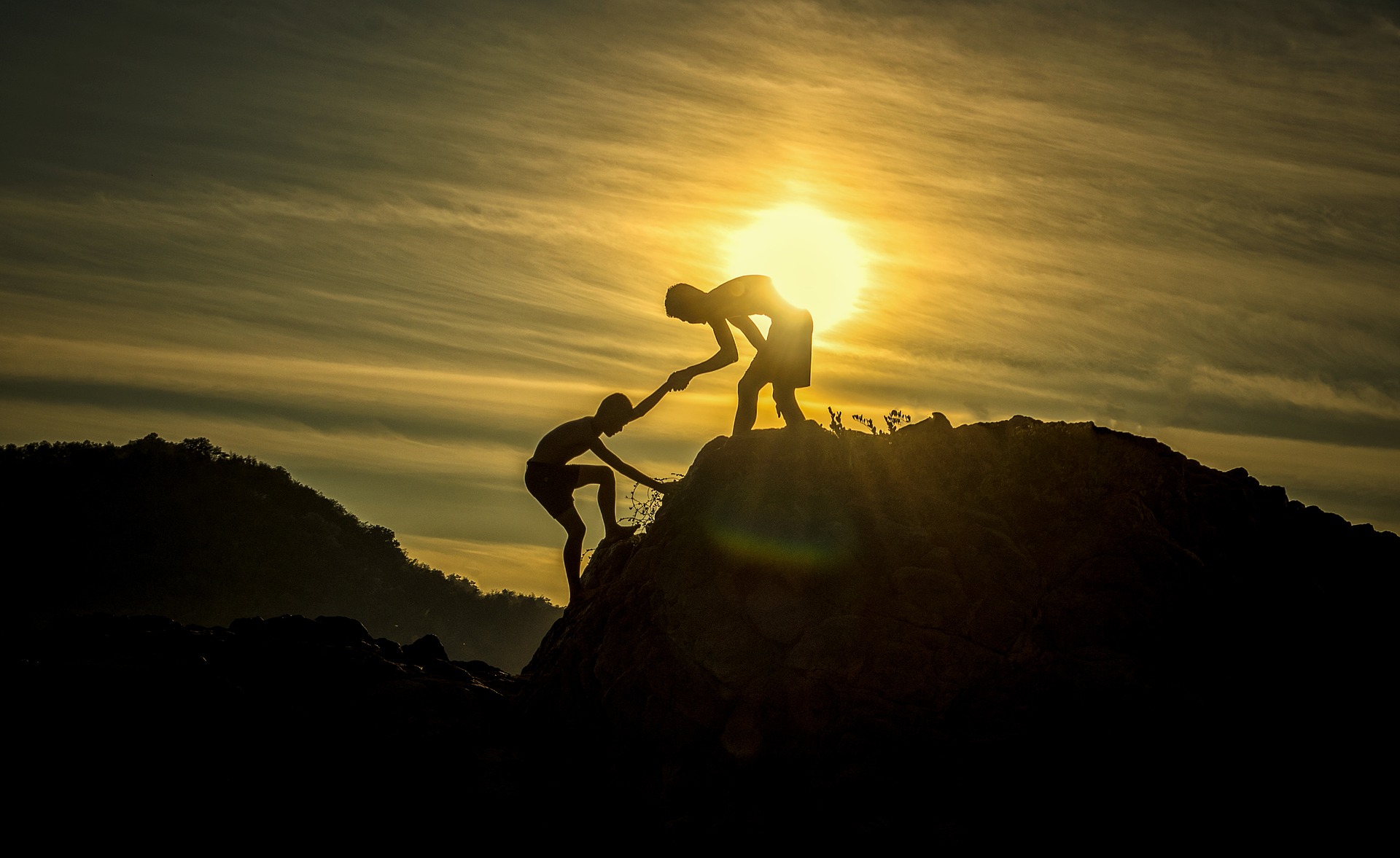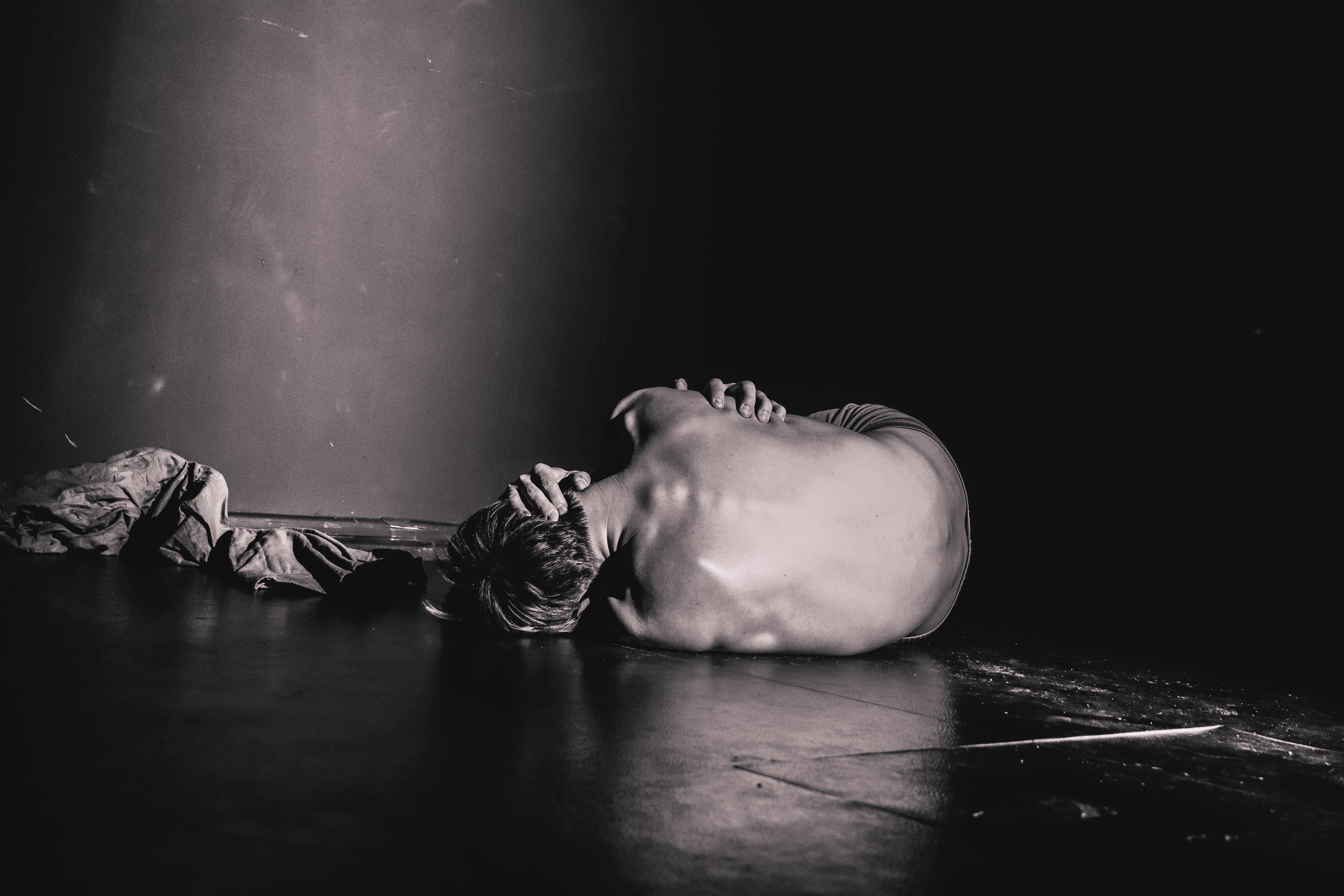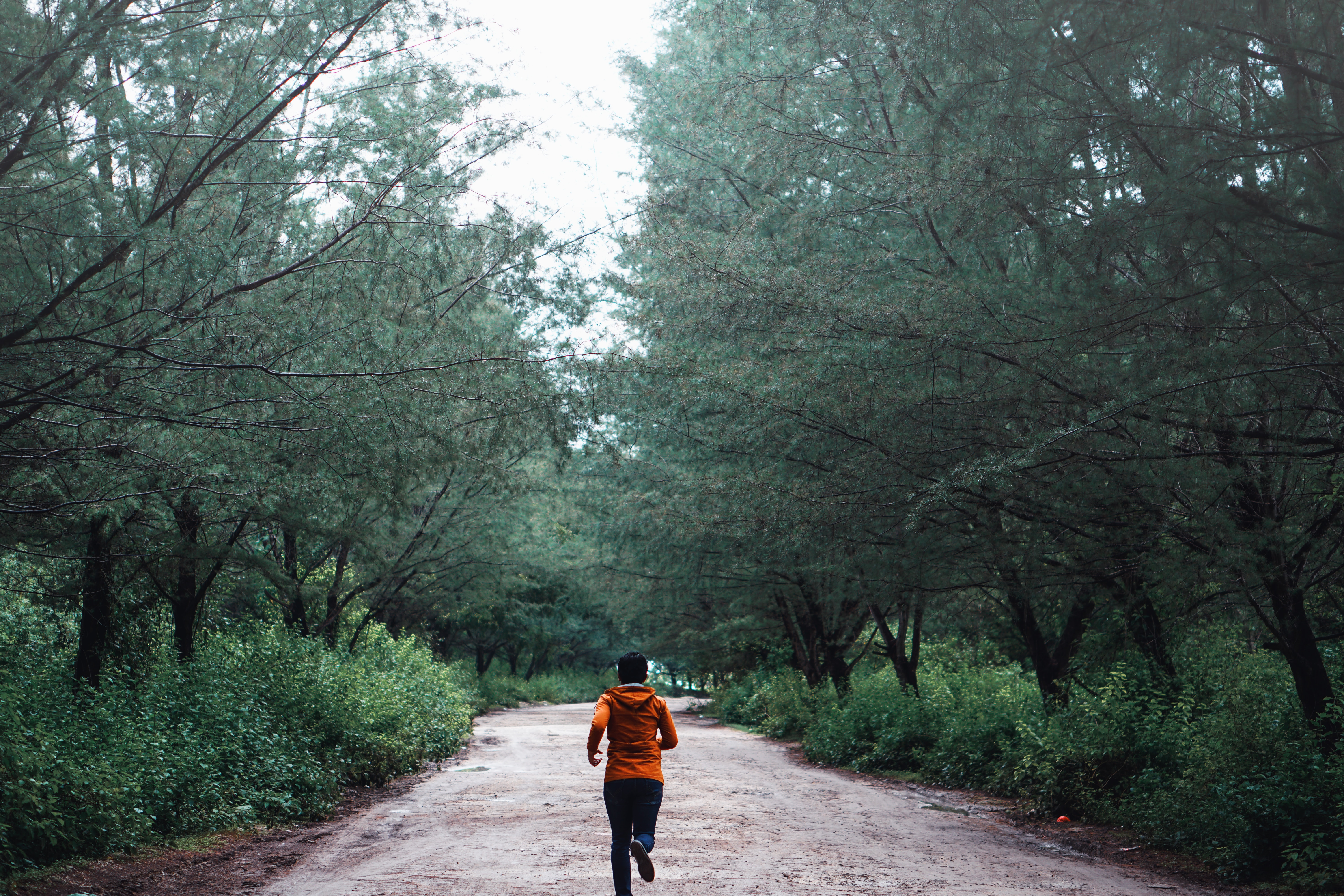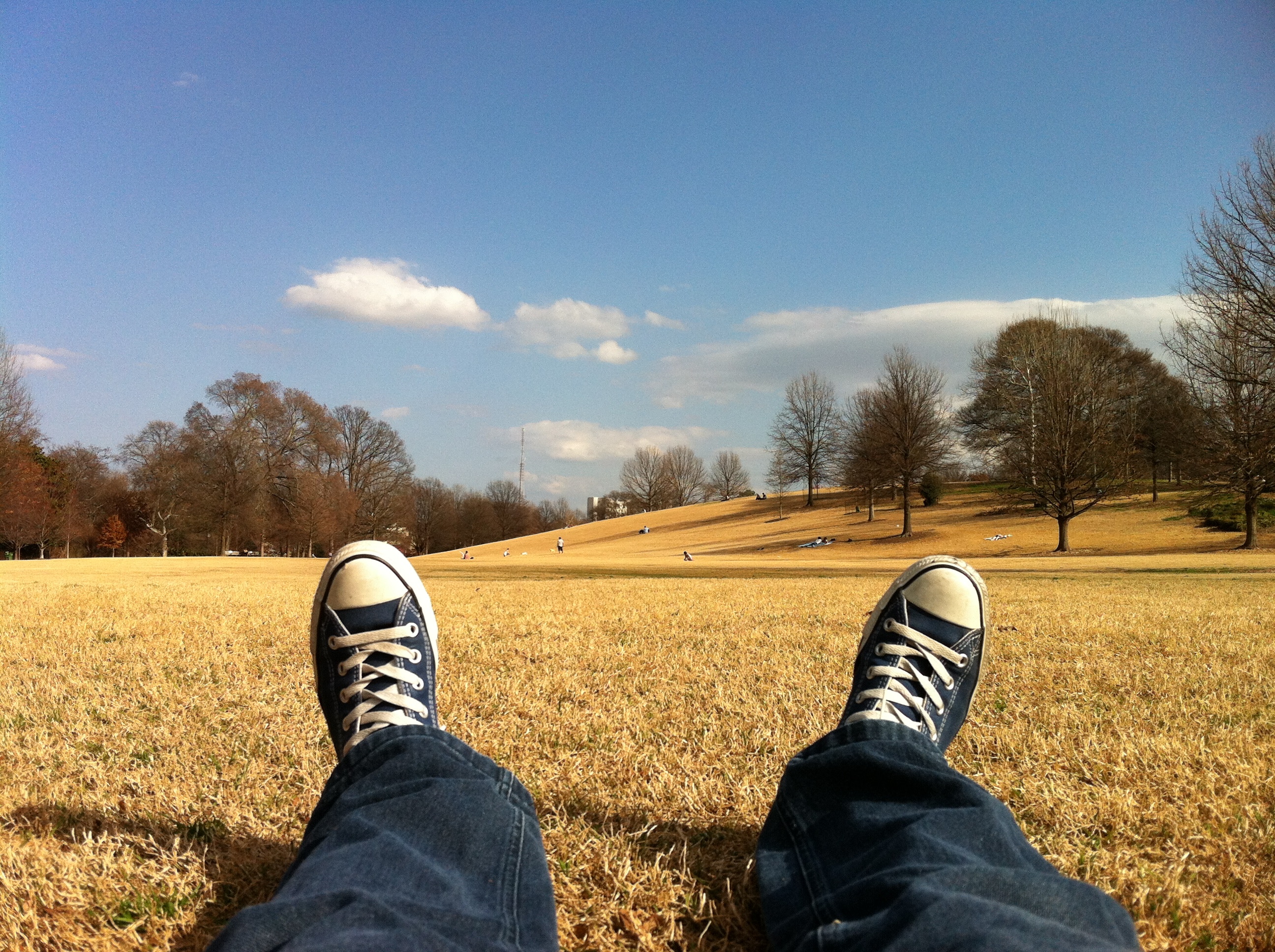If beating is a stern father, then rubbing is the loving mother who gives us a soft hug and kiss before leaving our room. They both love us but in a different way.
To describe it in this way because as the name suggested, rubbing is the movement we do on our body, especially in those more sensitive areas, like wrists, elbows, knees, ankles, etc.
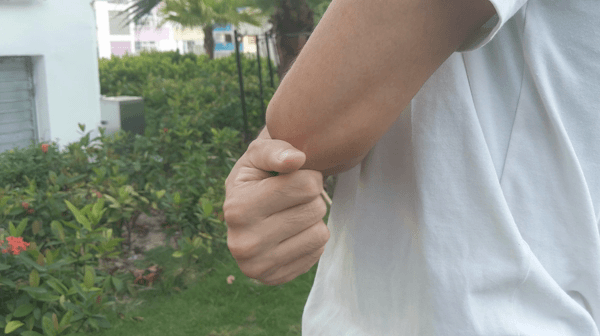
We cannot forget our joints. They connect our bones so we can leap the stairs, pass the ball. Although they’re tough, they still require our attention and love. Indeed, these joints areas play an important part on our mobility, now and more crucial in the future when we age.
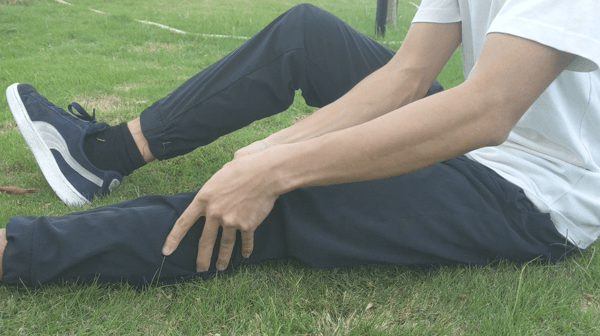
*The difference between Massaging and Rubbing, for me, is that rubbing is a more gentle, less power approach, although they overlap a lot.
But sometimes rubbing isn’t enough for a larger part, so we need to knead.

**Unlike Rubbing concentrates on a smaller part, like the first two pictures have shown, kneading, is a good way to target a larger area, like a whole forearm for instance. That’s their difference in my opinion.
We don’t want that sudden-hidden-sharp-painful feeling emerges every now and then when we age, just because right now we don’t pay attention to them.
All we need to do is to rub/knead around the designated area, to feel what’s happening in there.
Have you ever wonder why some people look so young?
Rubbing is one of their secret weapons! They rub around their eyes, their head, in front of the mirror consistently, for example.
Besides rubbing and kneading though, we should touch ourselves more often. Letting our hands wandering on our skin, so we can discover more about our body ( Best to do it during shower time!), finding out where the pains are. This way, we can be well-connected with the body.
So how much power?
Soft. But you can gradually increase the power as you feel more comfortable. Let’s take a look at the power chart:

Normally, 1~4 is good enough. For the later numbers, 5~7 depends on how much your body can take and if it’s effective for yourself. Normally we’ll use tools like yoga foam roller to reach higher power so we don’t waste our energy. (For example, we lay down with the roller under us so it’ll do the job itself, with the appropriate power we use against to. This’ll be discussed in Massage article.)
When to implement?
Better in the morning or before bed. But whenever you feel the sudden urge, do it.
For how long?
1 ~ 10 mins. ( on single or multiple areas)
Tips for during it:
– Use breathing when you do deeper parts of sensitive areas. A calmer state is needed to feel better and tickle the fear in the process.
– And give a few seconds to pause after you’ve done, so your body can recoil back from “the efforts you just put in”.
– Make sure that’s the real target area. Sometimes they might be deceptive, so keep looking for the origin of the hidden pain. Then rub them.
– These methods can be accompanied by a towel, oil or other materials as long as you think is needed.
The goal?
– To rub it till it gradually subsides the painful feeling.
– To simulate/revitalise the area to a point where it can respond to you by you feeling them. Like you sit down and want to feel about your knees, without touching it. How does it feel? That’s what I mean by feeling them. So you can constantly engage with your body.
A quick re-cap on the methods of this article:
There are rubbing, kneading and touching we’re looking at.
Before you leave…:
** Obviously if the pain level is different, which is “pain pain” rather than “nice, healing pain”, like real pain, please stop it. Any doubt, consult your doctor before taken any action. Happy rubbing :D

